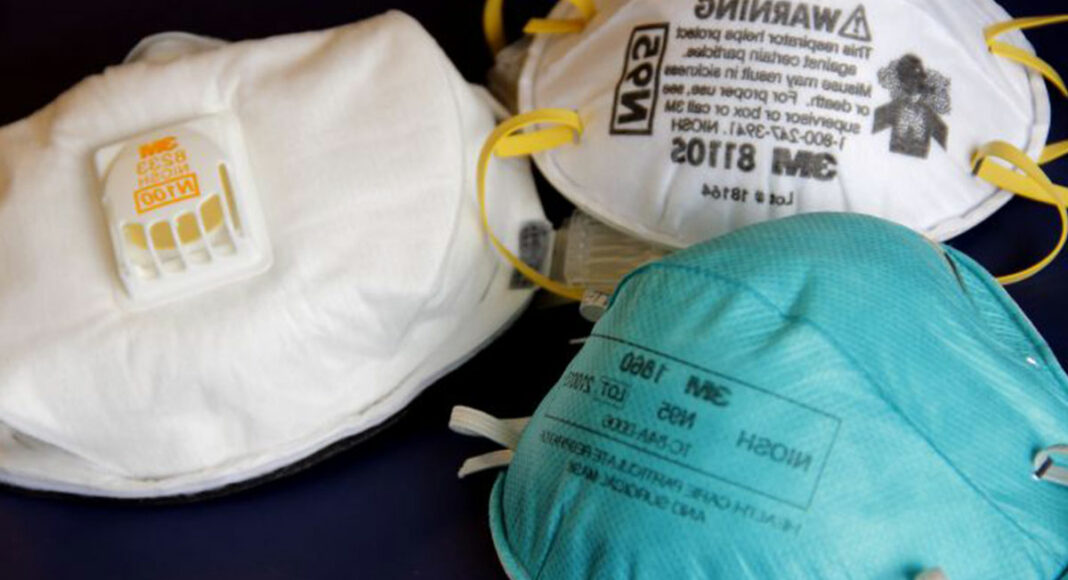Students throughout Santa Cruz County will no longer be required to wear masks while at school after March 11.
The announcement, signed by the County’s 11 school superintendents, came Monday after California Gov. Gavin Newsom, along with Oregon Gov. Kate Brown and Washington Gov. Jay Inslee, said that masks will only be “strongly recommended” for all students and staff.
Newsom said the move came thanks to declining hospitalization rates. Currently, the daily positivity rate in county schools is at 1%, according to the County Office of Education.
“California continues to adjust our policies based on the latest data and science, applying what we’ve learned over the past two years to guide our response to the pandemic,” Newsom said in a press release. “Masks are an effective tool to minimize spread of the virus and future variants, especially when transmission rates are high. We cannot predict the future of the virus, but we are better prepared for it, and will continue to take measures rooted in science to keep California moving forward.”
Throughout the pandemic, Santa Cruz County schools have followed guidance from the California Department of Public Health, California Occupational Safety and Health, Centers for Disease Control and Prevention and local public health orders.
In a letter to parents, staff and students, Michelle Rodriguez, the superintendent of the county’s largest school district—Pajaro Valley Unified School District—said that the change could come as bad news to some.
“We recognize that the new mask mandate may cause anxiety for some people, especially those who are, or live with someone who is, immunocompromised,” Rodriguez stated. “Our strong recommendation that masks continue to be worn in schools still provides the best protection for our immunocompromised educational community members.”
The state lifted most mask requirements on Tuesday, allowing unvaccinated individuals to go without face coverings in most instances. However, masks will still be required for everyone in high transmission settings like public transit, emergency shelters, health care settings, correctional facilities, homeless shelters and long-term care facilities.














